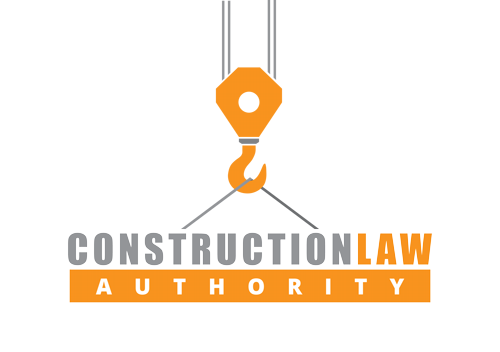By Mark J. Stempler

A primary concern in any lawsuit involving green construction is damages. One party will claim it has been harmed and will typically demand money or specific performance. There are different types of damages that can be sought including actual damages, future damages, punitive damages, and consequential damages. That last category raises some unique issues in a green building lawsuit.
Consequential damages are typically defined in Florida as those that do not necessarily, but may directly or indirectly, result from the injury for which compensation is sought. Consequential damages can include items like loss of use, lost profits, loss of rental income, etc. These are all issues in the green building context too, but determining the value of these damages may be more difficult to define. For example, suppose an owner is seeking green building certification for an apartment complex. If the contractor or other professional responsible for attaining such certification does not get the certification, the owner may be entitled to consequential damages for lost rent for the units. But, the owner could encounter difficulties in proving the amount of damages. The owner likely believes that green buildings command higher rents than non-green buildings, but that is not guaranteed. The burden will be on the owner to prove what that added value would have been. Or, if the failure to achieve the green certification cause the owner to miss related tax credits or grants, the owner may have a claim for those values. It will, of course, depend on what representations were made in the contract. In fact, the loss of tax credits was the issue in one of the first reported green construction lawsuits. In that case, which eventually settled, the contract contained a waiver of consequential damages. Another potential scenario is when the project does not deliver the energy cost savings promised to the owner, or promised by an owner to a tenant for example. Those lost savings may also provide a basis for a consequential damages claim. These examples illustrate the need for clear and specific language in a construction contract regarding each parties’ representations, expectations and responsibilities.


